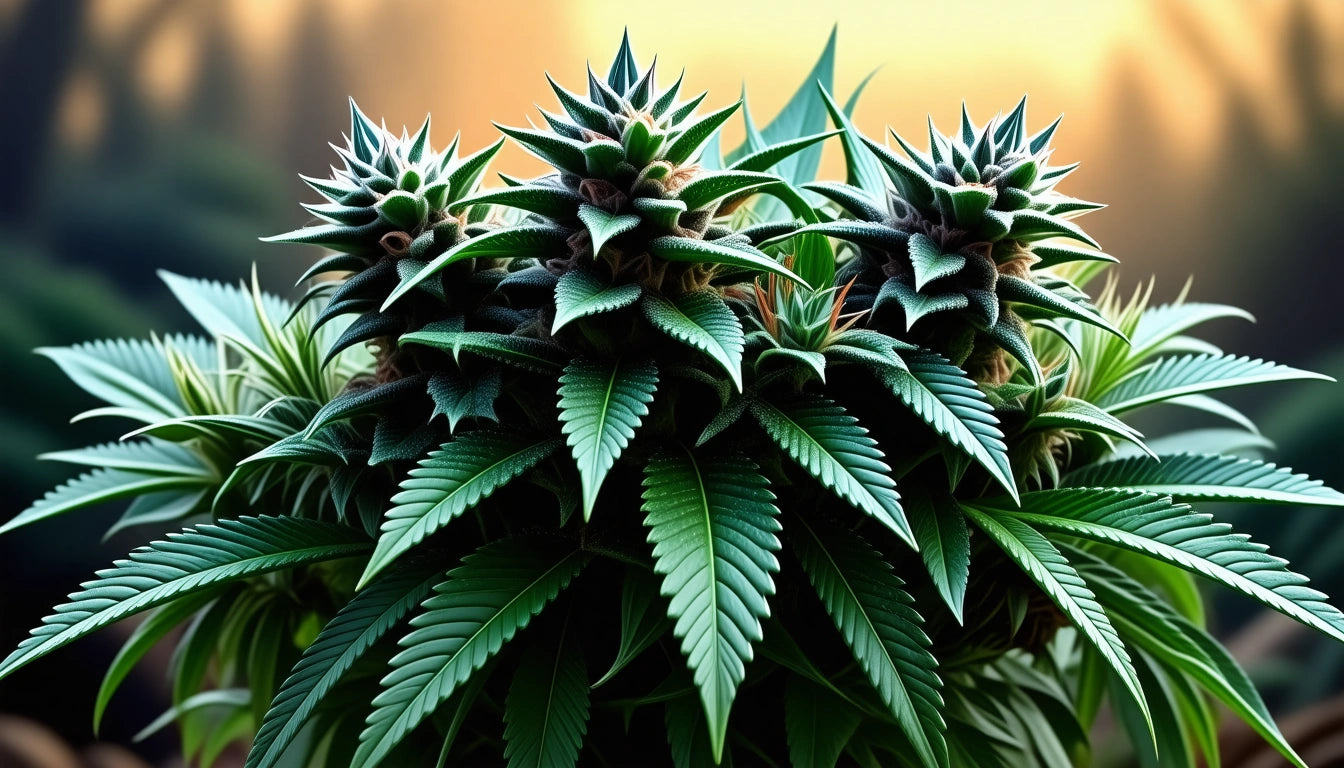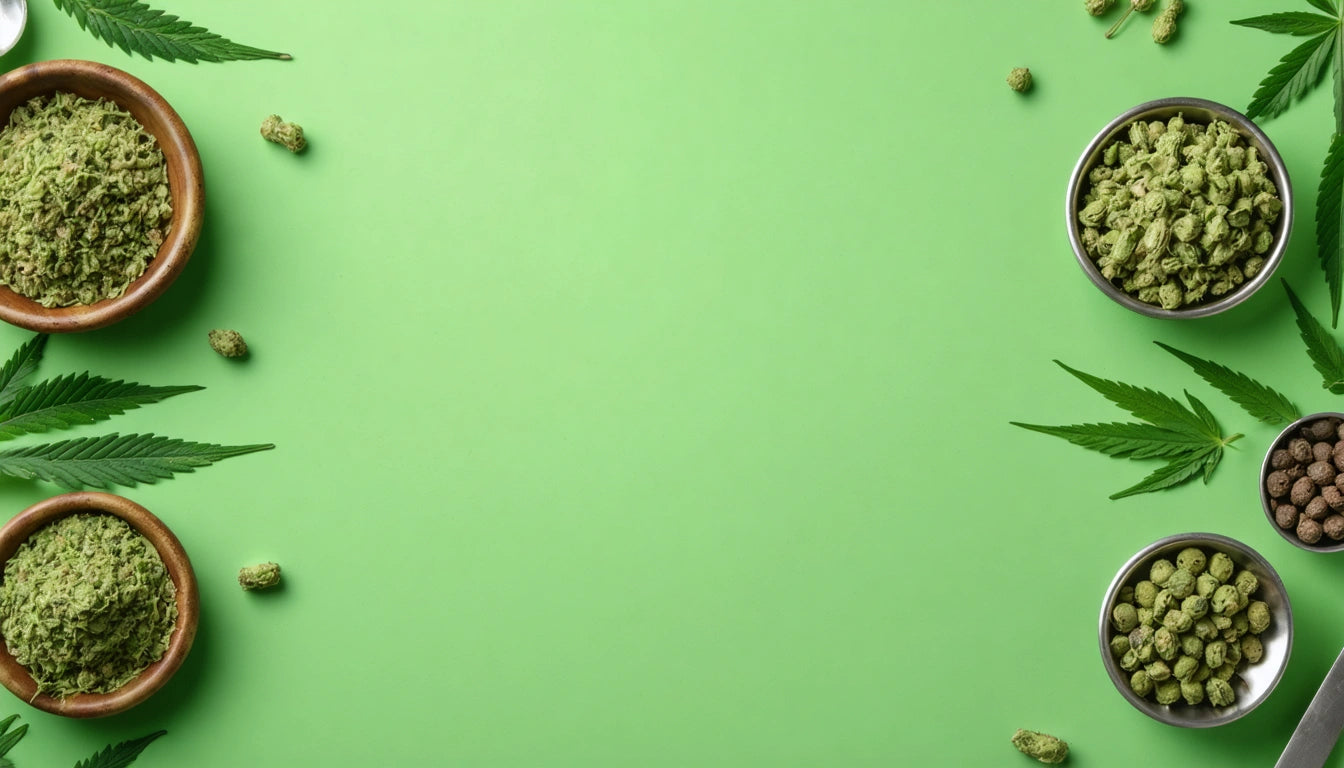Table of Contents
Top High-Yielding Autoflower Strains for Optimal Growth
Autoflowering cannabis strains have revolutionized home cultivation with their speed, resilience, and increasingly impressive yields. For growers seeking maximum harvests with minimal effort, selecting the best autoflower strains is crucial. This guide explores top yielding autoflower varieties and techniques to maximize your growing success.
Understanding Autoflower Genetics
Autoflowering cannabis contains ruderalis genetics, which trigger flowering based on age rather than light cycles. Modern breeding has overcome the traditionally lower yields of early autoflowers, with today's autoflowering varieties offering harvests comparable to photoperiod plants in significantly less time.
The best autoflowering strains combine ruderalis hardiness with sativa/indica potency and production. Genetic advancements have created varieties that can yield 400-600g/m ² while completing their lifecycle in just 10-12 weeks from seed.
Highest Yielding Autoflower Strains
When seeking the best yielding autoflower strains, consider these top performers:
- Northern Lights Auto - A classic indica with dense buds and yields of 400-500g/m ²
- Gorilla Glue Auto - Known for resin production and yields reaching 600g/m ²
- Critical Mass Auto - Bred specifically for commercial-level production
- Bruce Banner Auto - Combines high THC with impressive 500g/m ² yields
- Wedding Cake Auto - Dessert strain offering both flavor and production
These varieties consistently rank among the best autoflower strains for growers prioritizing harvest size without sacrificing quality. According to experienced cultivators, seed quality significantly impacts final yields, making source selection crucial.
Super Auto Strains
The newest category in autoflowering cannabis, super autoflowers, represents the pinnacle of breeding achievement. These best super autoflower strains grow larger, produce more, and can even be harvested multiple times under ideal conditions.
Super autos like XXL varieties from premium breeders can reach heights of 150cm and yields of 750g/m ² while maintaining the hands-off convenience of traditional autos. For serious producers, these represent the current ceiling of autoflower potential.
Cultivation Techniques for Maximum Yields
Maximizing autoflower production requires specific approaches different from photoperiod plants. Optimal techniques include:
- Direct germination in final containers to prevent transplant stress
- 18-20 hours of light throughout the growing cycle
- Gentle training methods like LST (Low Stress Training) applied early
- Avoiding high-stress techniques like topping with most varieties
The compressed lifecycle of autoflowers means they have less recovery time from stress, making gentle cultivation essential for reaching maximum yield potential.
Growing Medium and Container Size
Container size directly impacts autoflower yields, with 5-7 gallon pots generally providing optimal root space for high-yielding varieties. For growing mediums, airy soil mixes or coco coir offer the best balance of water retention and oxygenation.
Proper storage of harvested buds is equally important. Using containers with secure, child-resistant closures helps maintain potency while ensuring safety. Our selection of compliant storage solutions provides options that preserve terpenes and cannabinoids while meeting regulatory requirements.
Light Requirements for Optimal Growth
Light intensity and quality significantly impact yields from the best autoflower strains. While autoflowers can flower under any light schedule, they produce best with:
- Full-spectrum LED lights with enhanced blue spectrum during vegetative growth
- Increased red spectrum during flowering stages
- PPFD (Photosynthetic Photon Flux Density) of 600-900 μmol/m ²/s
- 18-20 hour light cycles throughout the entire growth period
Unlike photoperiod plants, autoflowers benefit from consistent light schedules from germination through harvest, simplifying the growing process while maximizing production.
Nutrition and Feeding Schedule
Autoflowers generally require lighter feeding than photoperiod plants, particularly during early growth. Optimal nutrition includes:
- Starting with lightly fertilized soil
- Beginning supplemental feeding at quarter-strength around week 2
- Gradually increasing to half-strength during pre-flowering
- Focusing on phosphorus and potassium during the flowering stage
Over-fertilization can stunt autoflowers more severely than photoperiod plants, making a conservative approach advisable, especially for beginners.
Harvesting and Storage Considerations
The best autoflower strains offer multiple harvest windows depending on desired effects. Earlier harvesting (when 70% of pistils have darkened) typically produces more energetic effects, while later harvesting (80-90% darkened pistils) maximizes yield and sedative properties.
Following proper drying and curing techniques is essential for preserving terpenes and cannabinoids. A slow, 10-14 day dry in 60-65% humidity followed by a minimum two-week cure in sealed containers will significantly enhance the quality of your harvest.
With the right genetics, growing techniques, and care throughout the cultivation cycle, today's best yielding autoflower strains can rival traditional photoperiod plants while offering significantly faster harvests and greater convenience.











Leave a comment
All comments are moderated before being published.
This site is protected by hCaptcha and the hCaptcha Privacy Policy and Terms of Service apply.